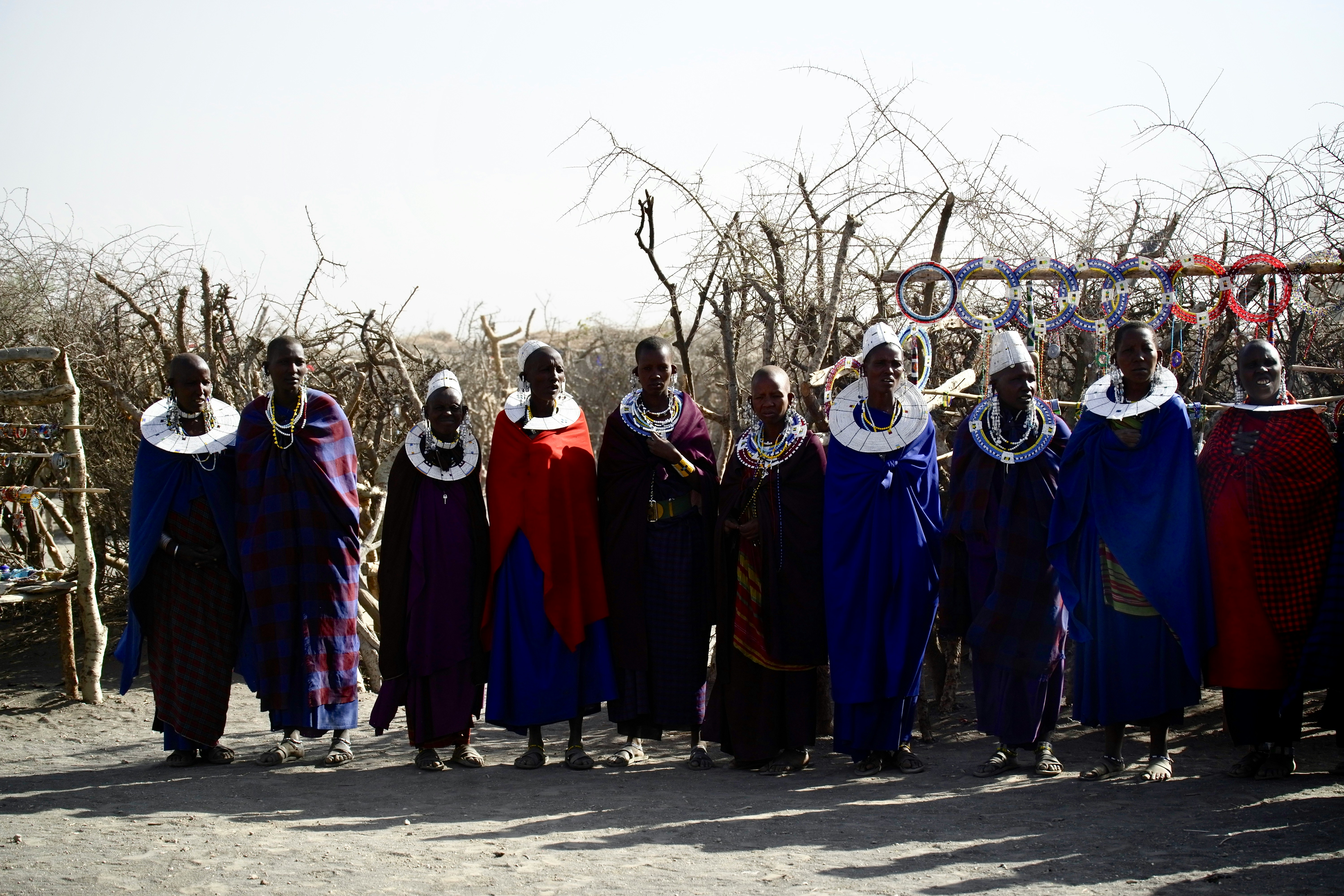
Tanzania Culture & Languages
Discover a nation shaped by 120+ ethnic groups, centuries of trade, and the welcoming spirit of Tanzanian people

With 121 indigenous languages (and more introduced ones), Tanzania exemplifies East Africa’s linguistic richness. Despite this diversity, a shared national identity thrives— often credited to the widespread use of Swahili (Kiswahili). From elaborate greetings to deeply rooted traditions, discover how Tanzanians connect, celebrate, and protect their heritage.
Post-independence (1961), Tanzania focused on unity. Swahili became the binding language across all ethnic groups, from government to daily chats. English also serves as a co-official language, especially in tourism and business. Consequently, many Tanzanians speak at least two languages: their ethnic mother tongue and Swahili—and often English too.
If you want to delve deeper, a little Swahili goes a long way—“Jambo” (hello), “Asante” (thank you), and “Karibu” (welcome). Greetings tend to be warm and lengthy, reflecting the Tanzanian emphasis on kindness and respect.
Around 63% Christian and 34% Muslim, with the remainder following traditional or no religion. You’ll see a blend of conservative coastal Islamic influences and modern styles in urban centers like Arusha or Dar es Salaam.
Modesty is appreciated in most places. Women often wear longer dresses or skirts, particularly in rural areas or along the coast. Zanzibar invites you to cover shoulders and knees in town areas. Men typically wear trousers or knee-length shorts, and might opt for the kikoi wrap as well.
Maasai are semi-nomadic herders renowned for their vivid red shúkà (cloth) and intricate beaded adornments. Their rich heritage persists in areas like the Ngorongoro region and Serengeti. Cattle are paramount in Maasai society—symbolizing wealth and survival. Despite modernization pressures, communal values and respect for elders endure, making Maasai customs a highlight for many visitors.
Near Lake Eyasi, the Hadzabe maintain one of Africa’s few remaining hunter-gatherer traditions, employing a distinct click-based language. They live in small, egalitarian communities, hunting with poison-tipped arrows and gathering fruits or tubers. Meeting them offers a window into ancient human lifestyles, revealing how intimately they connect with nature in an ever-evolving world.
Tanzanian cuisine combines local produce with historical influences, from inland staples like ugali (maize porridge) to coastal fusion shaped by Indian and Arabic flavors. On Zanzibar, spicy curries, samosas, and fragrant pilau reflect the archipelago’s trading past. Spice tours highlight the region’s legacy in cultivating cinnamon, cloves, and more.
Tropical fruits abound—mangoes, pineapple, papaya— while fresh fish from inland lakes or the Indian Ocean adds another layer to the menu.
Whether dancing alongside Maasai warriors or greeting a Hadzabe elder with click-filled phrases, Tanzania’s cultural depth enriches every journey. If you head to Zanzibar, sample fresh catches like tuna or red snapper and immerse yourself in the famous spice markets. Safari King Africa can design a trip that highlights traditions, flavors, and linguistic nuances across this East African gem.